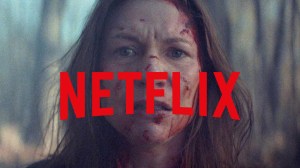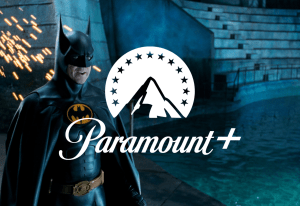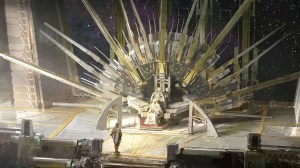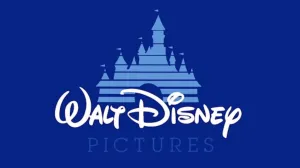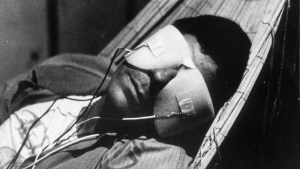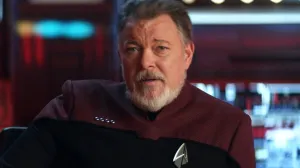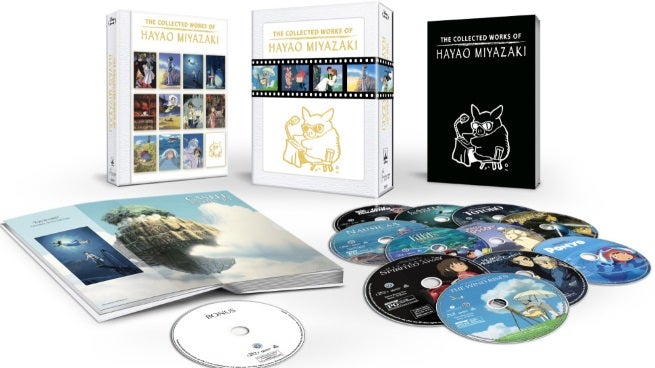
In 2013, legendary animator and Studio Ghibli co-founder Hayao Miyazaki announced his retirement from filmmaking. For real this time. Yes, Miyazaki has played the retirement card before, but, at 73 years of age, it seems to have stuck this time.
Videos by ComicBook.com
So there has never been a more appropriate time to release a boxset of Miyazaki’s films. Following similar releases in Japan and Europe, Disney has made it possible for fans of Miyazaki’s work to own his complete film library in one set, The Collected Works of Hayao Miyazaki.
The set is beautifully packaged, and contains 12 Blu-ray discs housed in in a book-like disc binder. It’s similar to the packaging used for the Star Wars Blu-ray set, but accessing the discs is much easier as they slide out of the side, rather than being lodged in the center of a “page.” The cover of the “book” features poster art for all 11 films, and the interior pages showcase some of each film’s wondrous illustration.
The actual discs include all 11 of Miyazaki’s films, including the proto-Studio Ghibli film Nausicaä of the Valley of the Wind, and Miyazaki’s Lupin III film, The Castle of Cagliostro. The latter is particularly impressive, as Disney did not previously possess the distribution rights.
Here’s a complete listing of the films:
–Lupin the Third: The Castle of Cagliostro (1979)
–Nausicaä of the Valley of the Wind (1984)
–Castle in the Sky (1986)
–My Neighbor Totoro (1988)
–Kiki’s Delivery Service (1989)
–Porco Rosso (1992)
–Princess Mononoke (1997)
–Spirited Away (2001)
–Howl’s Moving Castle (2004)
–Ponyo (2008/2009)
–The Wind Rises (2013)
Fans who were so disappointed in the “dubtitles” used in previous U.S. releases of these films will be pleased to know that each disc includes the original Japanese language track and English subtitles based on an original translation.
Now let’s talk about what the box set doesn’t include, and that’s film-specific extras. None. Zero. Each film disc includes the film, a selection of languages, and that’s it. Previous releases of these films weren’t exactly bursting with behind-the-scenes material, but they did includes some interviews, storyboards, and concept art. It’s not much, but the loss of these features is sure to irk special feature junkies.
The 12th disc in the set does contain a few extras. There’s the 90 minute press conference at which Miyazaki announced his retirement, which adds a nice sense of closure to the collection, though watching it is a bit of a downer.
There’s also a few selections from Miyazaki’s television work: the 1972 pilot for Yuki’s Sun, an adaptation of Tetsuya Chiba’s manga that Miyazaki directed, and three episodes of the anime series Little Samurai, which Miyazaki did storyboards “and more” for. These are nice additions to have, but seem almost randomly selected, especially considering how vague Miyazaki’s involvement with Little Samurai is defined. Selected episodes from the Miyazaki directed anime series Future Boy Conan, or any of the short films Miyazaki was involved with creating at Studio Ghibli, would have been more appropriate, but as they’ve never been distributed in the U.S., we assume the rights surrounding these works are complicated.
A more substantial inclusion in the box set is a booklet containing the essay The Great Dichotomy: Looking at the Works of Hayao Miyazaki by Tomohiro Machiyama. The essay traces themes through Miyazaki’s work, and serves as a fantastic introduction to the box set.
The book follows Machiyama’s essay with excerpts from Miyazaki’s notes and proposals for each of the films in the set. As the essay is a wonderful introduction to the set as a whole, these excerpts offer unique insight into Miyazaki’s thoughts on each of his films, and are great intros to the films themselves. While the excerpts are accompanied by a few pieces of art from the movies, the book is unfortunately compact, which was necessary to fit it into the box. Considering Miyazaki is a visual storyteller, it feels like Disney missed an opportunity to produce something with more visual assets, perhaps repurposing some of the storyboards and art that was left out of the Blu-rays themselves. Still, the book is a very worthwhile addition to the Miyazaki library.
For those solely interested in owning Miyazaki’s film works, this set is a no brainer. Selling at $215 exclusively on Amazon, the price per film averages out to $17 each. Considering most of the individual Blu-ray releases retail for about $40, this is the most efficient way to collected Miyazaki’s work. Add in the original subtitles, the Great Dichotomy, Miyazaki’s notes, and the television episodes, and you’ve got a wonderful viewing experience. Those looking for a special features blowout may be a little let down, but the special features were never really a selling point for Miyazaki’s Blu-ray releases.
Despite its omissions, The Collected Works of Hayao Miyazaki is a box full of wonder that will keep audiences captivated for years to come.
Want to get one of your very own? Click here.

